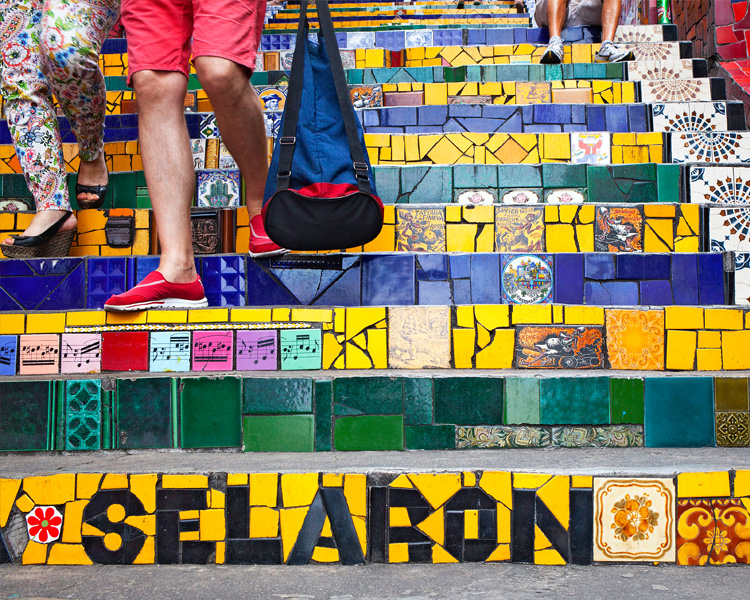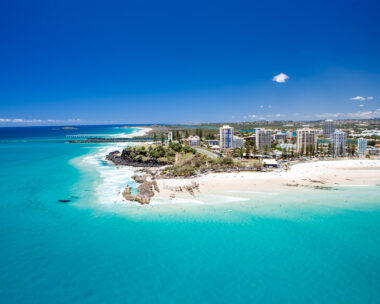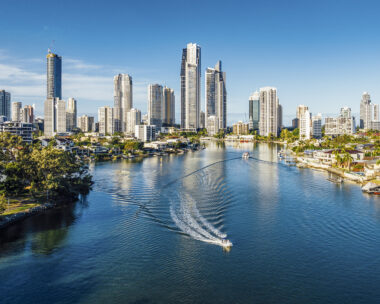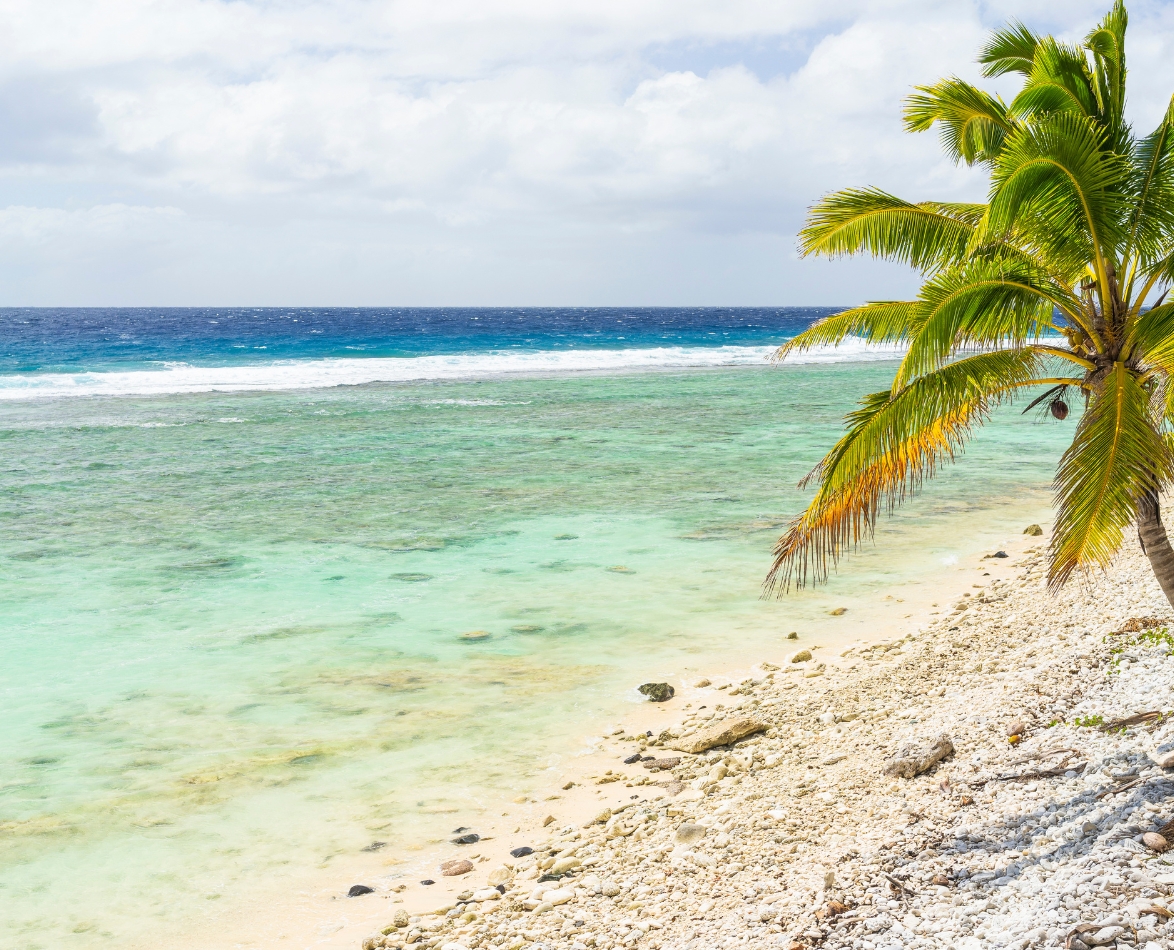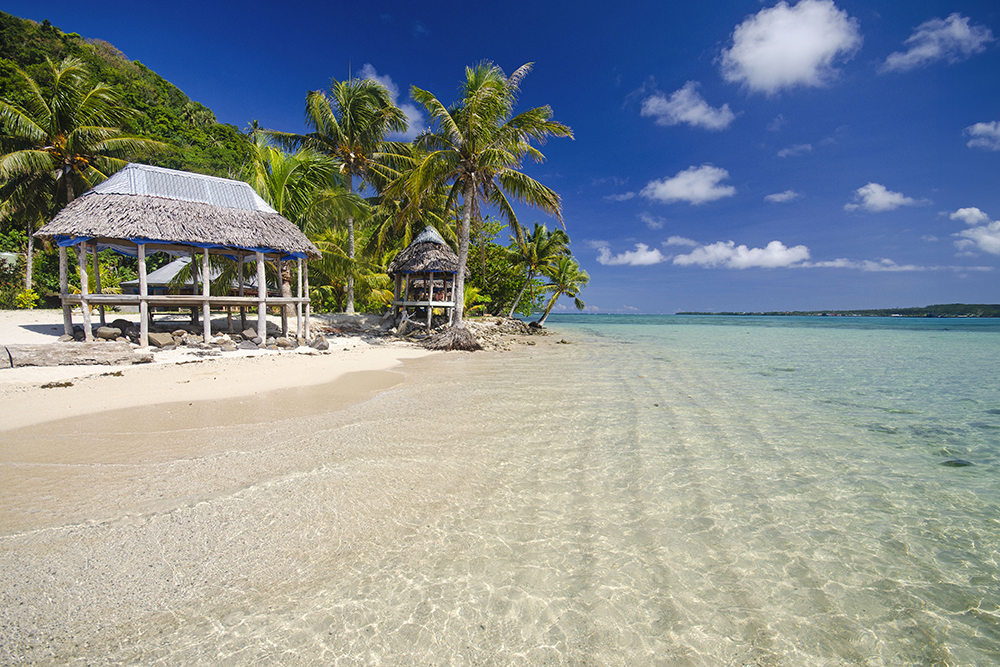Hotel Santa Teresa’s poolside deck boasts expansive views over one of the world’s most beautiful, raw and colourful cities. Between the bay, harbour, mountains and forested slopes, rises the sizzling metropolis of Rio de Janeiro.
One landmark that stands out between the high rises like a massive white saucer is Maracanã Stadium. The FIFA World Cup was played there in 2014 and it was the opening venue for the 2016 Summer Olympics.
Rio is a wonderful city to play host – its warm, friendly, carefree people are known as Cariocas. And, for good reason, they adopted the 1935 hit carnival song The Marvellous City as their city’s anthem.
The city is blessed with an all-year-round warm climate, beautiful mountain ranges, tropical trees and long beaches such as Ipanema and Copacabana, packed with surfers and sculpted bodies.
It’s where everyone flocks.
Visitors always want to experience the unrivalled views from the Sugarloaf Mountain and stand under the iconic open arms of the Christ the Redeemer statue on Corcovado Mountain, but what else does the city hold?
My Carioca guide Patricia, from Eclipse Tours, takes me on a walking city tour.
Boutique Hotel Santa Teresa is in the hillside suburb of Santa Teresa. It was once the grand home of a coffee baron until it was converted into a stylish hotel where singers such as Alanis Morissette, Jack Johnson and the late Amy Winehouse have stayed.

At the elegant Café Colombo, they still cook from 100-year-old recipes.
Narrow winding roads intersect Rio’s hub and roadside walls are brightened by colourful murals. At bus stops, leaning in doorways of bars, art shops and pizzerias, people casually chat, touch and laugh; they are a kaleidoscope of skin and eye colours, body shapes and sizes; a result of 500 years of blending Portuguese, African and indigenous Brazilian heritage.
A canary yellow tram rumbles its way down through the cobbled streets to the city centre. At the end of its journey, it crosses the top of 43 massive, white, Roman-style arches. Called the Carioca Aqueduct, it once carried fresh water to the city’s fountains.
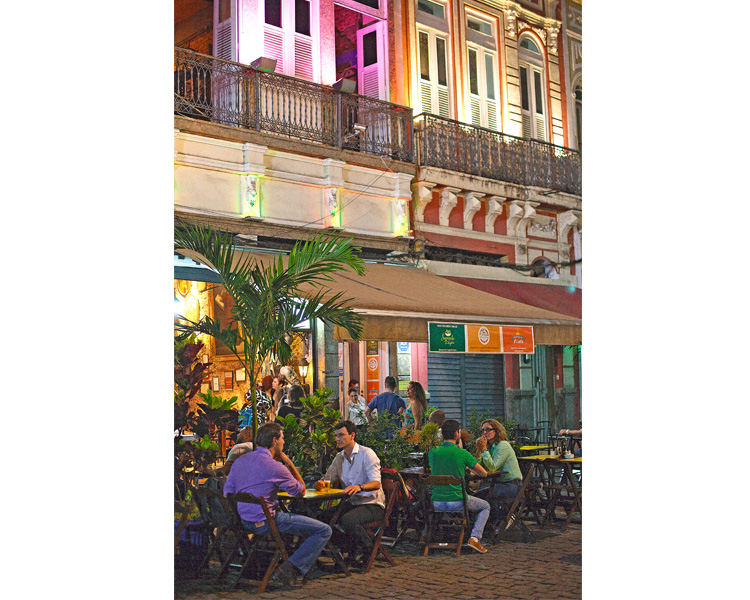
Brazil’s capital from 1763 until the 1960s, the city is layered from colonial times when the Portuguese built whitewashed convents, churches and elegant terraced homes to 20th century, mirrored, high-rise towers combined with today’s modern, striking architecture.
We call into the Metropolitan Cathedral of Saint Sebastian. It is shaped like a giant Mayan temple and, impressively, four of its sides are panelled in 64m-high stained glass windows.
Under the shade of leafy old trees, we walk past food stalls roasting cashew nuts and boiling corn cobs to the ornate Theatro Municipal.
Its design was inspired by the Paris Opera House, which was famous for its extravagant carnival balls.

Set among designer dress shops is Café Colombo. Built in 1894, its massive mirrors, stained glass and rosewood furnishings keep it “old world”. The Queen dined there and they still cook from 100-year-old recipes. My favourite is small sponge cake disks filled with sticky caramel.
On the waterfront, boys strike soccer goals between palm trees. The backdrop is the futuristic building of the recently opened Tomorrow museum. Across the promenade, a funky display in the New Art Museum represents Rio’s favelas – shantytowns that have grown around the city and are slowly being cleaned up by police.

Visitors flock to stand under the iconic open arms of Christ the Redeemer.
In the nearby Lapa district, the Selarón steps dazzle. Chilean artist Jorge Selarón transformed 250 dilapidated steps into a vibrantly coloured creation by artfully covering them completely in tiles, ceramics and mirrors.
After dark, the area becomes a popular nightspot and, in restaurant Rio Scenarium, we eat a typical Brazilian meal, washed down with caipirinhas – lime, ice, rum and lots of it.
Uninhibited locals of all shapes and sizes swing their hips, dancing to the loud, live samba band. The rhythm is clearly in their blood – inherited from families who, at carnival every year, dance in the streets for days.
An insider’s guide to… Rio
Getting there: LATAM Airlines has seven flights each week from Auckland to Santiago, Chile, with onward connections to Rio de Janeiro. Call LATAM reservations
on 0800 700 647.
How to get about: Eclipse Travel offers a four-day Rio Essentials Tour from $828 per person, excluding airfares, experiencing Christ the Redeemer, Sugarloaf Mountain, Santa Teresa, Rio’s buzzing nightlife and famous Copacabana and Ipanema beaches. eclipsetravel.co.nz or 0800 144 874.
Best places to eat: During the day, old world Café Colombo serves buffet lunch, delicious cakes and strong coffee. Night entertainment happens in the central Lapa district, and Rio Scenarium combines dinner with samba. For Brazilian churraso, slow-cooked meat falling off skewers, visit Fogo de Chão.
Stay at: Hotel Santa Teresa for boutique accommodation. The Port Bay Rio International Hotel is on the beachfront.
Need to know: The country’s official language is Portuguese and the currency is the Real.
